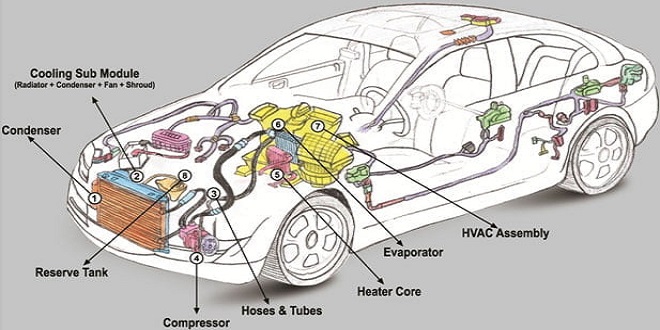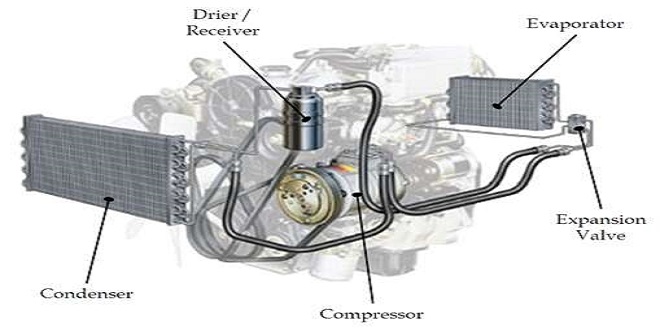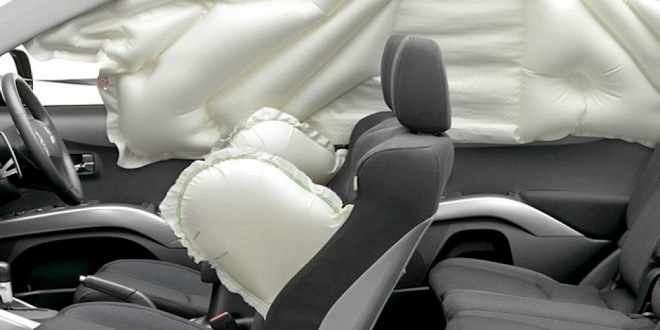Exhaust emission control Engine design

Many design details of an engine have a marked effect on the production of pollutant emissions. With this in mind, it will be clear that the final design of an engine is a compromise between conflicting interests. The major areas of interest are as discussed in the following sections.
Combustion chamber design
The main source of hydrocarbon emissions is unburnt fuel that is in contact with the combustion chamber walls. For this reason, the surface area of the walls should be kept as small as possible and with the least complicated shape. A theoretical ideal is a sphere but this is far from practical.
A good swirl of the cylinder charge is important, as this facilitates better and more rapid burning. Perhaps more important is to ensure a good swirl in the area of the spark plug. This ensures a mixture quality that is easier to ignite. The spark plug is best positioned in the center of the combustion chamber as this reduces the likelihood of combustion knock by reducing the distance the flame front has to travel.
Valve timing
The effect of valve timing on exhaust emissions can be quite considerable. One of the main factors is the amount of valve overlap. This is the time during which the inlet valve has opened but the exhaust valve has not yet closed. The duration of this phase determines the amount of exhaust gas left in the cylinder when the exhaust valve finally closes. This has a significant effect on the reaction temperature (the more exhaust gas the lower the temperature), and hence has an effect on the emissions of NO x.
The main conflict is that, at higher speeds, a longer inlet open period increases the power developed. The downside is that this causes a greater valve overlap and, at idle, this can greatly increase emissions of hydrocarbons. This has led to the successful introduction of electronically controlled valve timing.
Manifold designs
Gas flow within the inlet and exhaust manifolds is a very complex subject. The main cause of this complexity is the transient changes in flow that are due not only to changes in engine speed but also to the pumping action of the cylinders. This pumping action causes pressure fluctuations in the manifolds. If the manifolds and both induction and exhaust systems are designed to reflect the pressure wave back at just the right time, great improvements in volumetric efficiency can be attained. Many vehicles are now fitted with adjustable length induction tracts. Longer tracts are used at lower engine speeds and shorter tracts at higher speeds.
Charge stratification
If the charge mixture can be inducted into the cylinder in such a way that a richer mixture is in the proximity of the spark plug, then overall the cylinder
Compression ratio
The higher the compression ratio, the higher, in general, the thermal efficiency of the engine and therefore the better the performance.
Ignition system
he ignition system can affect exhaust emissions in two ways; first, by the quality of the spark produced, and secondly, the timing of the spark. The quality of a spark will determine its ability to ignite the mixture. The duration of the spark in particular is significant when igniting weaker mixtures. The stronger the spark the less the likelihood of a misfire, which can cause massive increases in the production of hydrocarbons.
Last word
A significant quantity of emissions produced by an average vehicle is created during the warm-up phase. Suitable materials and care in the design of the cooling system can reduce this problem. Some engine management systems even run the ignition timing slightly retarded during the warm-up phase to heat the engine more quickly.





